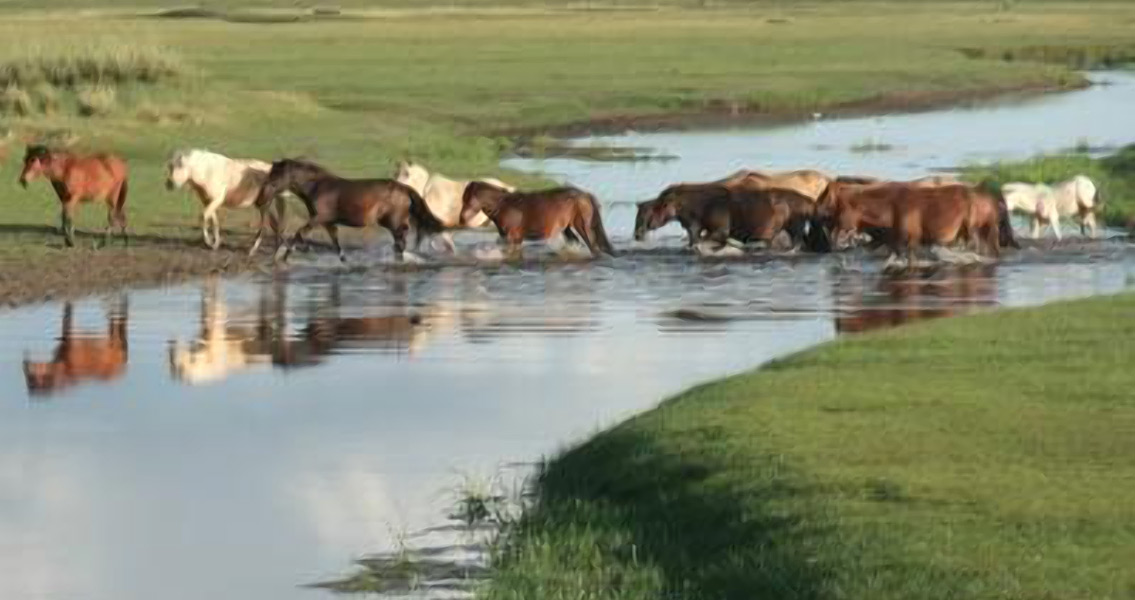<![CDATA[The annual monsoon season, a summertime deluge that pours down on East Asia, had a major impact on emergent Chinese cultures thanks to ancient, periodic shifts northward of up to 400 kilometers. A newly published research study, featuring researchers from Xi’an’s Chinese Academy of Sciences and Columbia University’s Lamont-Doherty Earth Observatory in New York, took a close look at Lake Dali’s ancient water levels. The closed-basin lake, located in the northeastern reaches of China in Inner Mongolia, is around six times smaller – and about 60 meters lower – than it was around 11,700 years ago. The date is noteworthy because it coincides with the beginning of the Holocene, the time period that is linked to the beginnings of human civilizations around the globe. The higher water levels indicate that the monsoon had reached these northern reaches at this crucial time. In a press release from Columbia, Lamont-Doherty graduate student Yonaton Goldsmith, the paper’s lead author, pointed out that these massive monsoon fluctuations pave the way for serious upheavals in northern China. Times when the monsoon is strong and shifts northward result in much less arid conditions in northern China, Goldsmith remarked, adding that this would have had a dramatic impact on northern China’s ecosystems. The new study has also tied the fluctuating monsoon to many periodic changes in the planet’s climate system, including changes to Earth’s orbit. The findings have the potential to aid other scientists in understanding how these natural cycles affect the monsoon and how it might be affected in the face of coming climate change. Goldsmith remarked that the jury is still out regarding how global warming will alter the monsoon, though one theory is that it will strengthen the summer rainy season. However, the area studied by the research team has been growing drier over the last few decades, so the graduate student warned that there is still much to do in order to provide a definitive answer. The location of the lake, near the northwestern limit of the monsoon, makes it ideal for reflecting changes that would have occurred from the weather pattern shifting away from the south. Scientists analyzed sediment outcroppings left behind from times that the lake had been much larger, using this data along with other markers to reconstruct the lake’s levels over time – and track rainfall figures over the course of thousands of years. Through this research, they discovered that Lake Dali reached its high water mark several times in a cycle, starting at approximately 123,000 years ago. The next instance occurred 58,000 years in the past, followed by a third instance sometime between 11,000 and 5,500 years ago. The lake’s highs were attributed to northerly monsoon shifts, and were correlated in part by data gathered by researchers from caves in both southern and northern China. After the last surge, the monsoon shifted south once more, resulting in a major cultural transition within northern China – the Yangshao and the Hongshan cultures, located in central and northern China respectively, are both known to have collapsed at around this time. Meanwhile, regions that were previously unoccupied, such as the eastern ranges of the Tibetan plateau, became populated while population declines occurred in northeast China. The research study, which has been published in the journal Proceedings of the National Academy of Sciences, can be found here Image courtesy of Yonaton Goldsmith ]]>
Early Chinese Culture Altered by Shifting Monsoons
